The Best Duels and Battles From The Book of Boba Fett
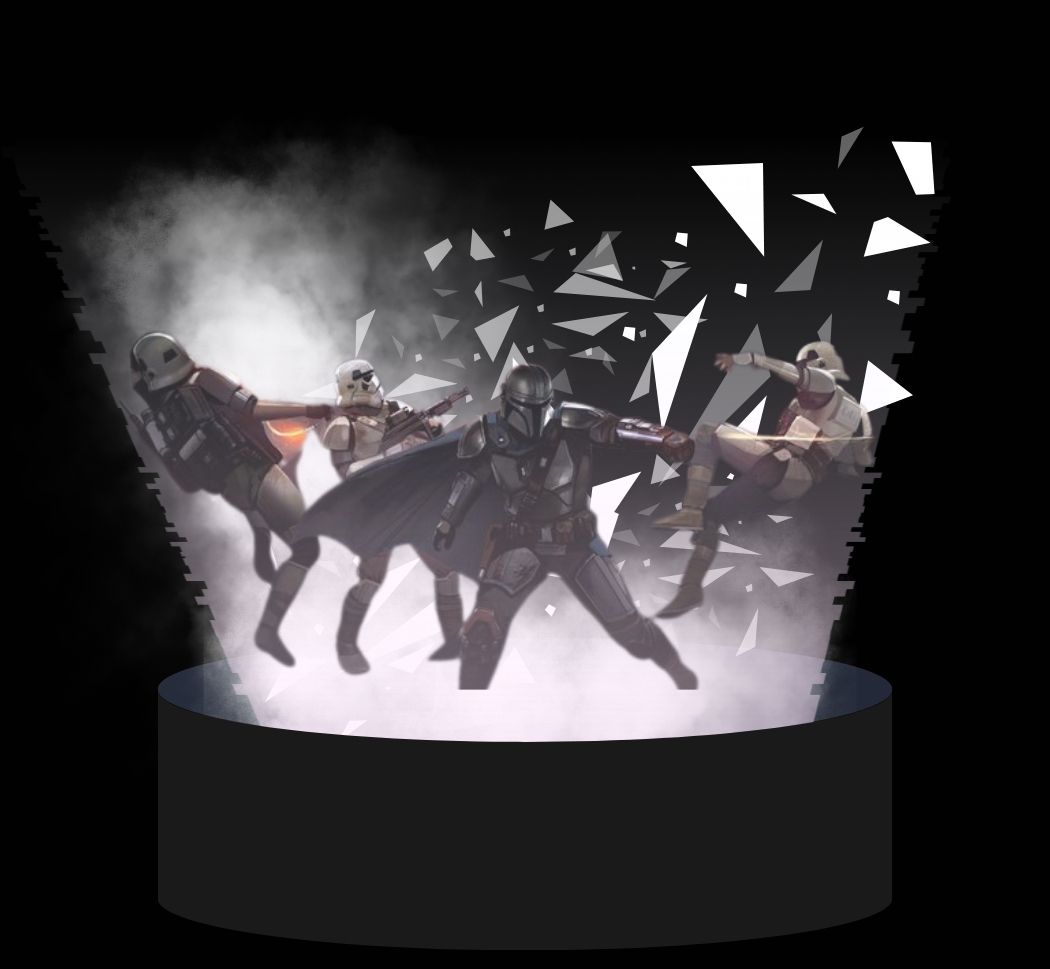
Boba Fett’s rise from Sarlacc survivor to Tatooine’s Daimyo is forged through duels both physical and symbolic. From his gaderffii fight with a Tusken warrior to his Rancor-led siege against Scorpenek droids, each clash reshapes his identity. The series explores how legacy, respect, and leadership must be earned through struggle, sacrifice, and evolution—not fear.
The Best Duels and Battles From The Book of Boba Fett
The Book of Boba Fett ventures far beyond the saga’s classic bounty hunting roots. At its core, the series tracks Boba’s evolution as he rises from Sarlacc-survivor to Tatooine’s unlikely Daimyo, weaving a tale of rebirth, communal loyalty, and the long shadow of legacy.
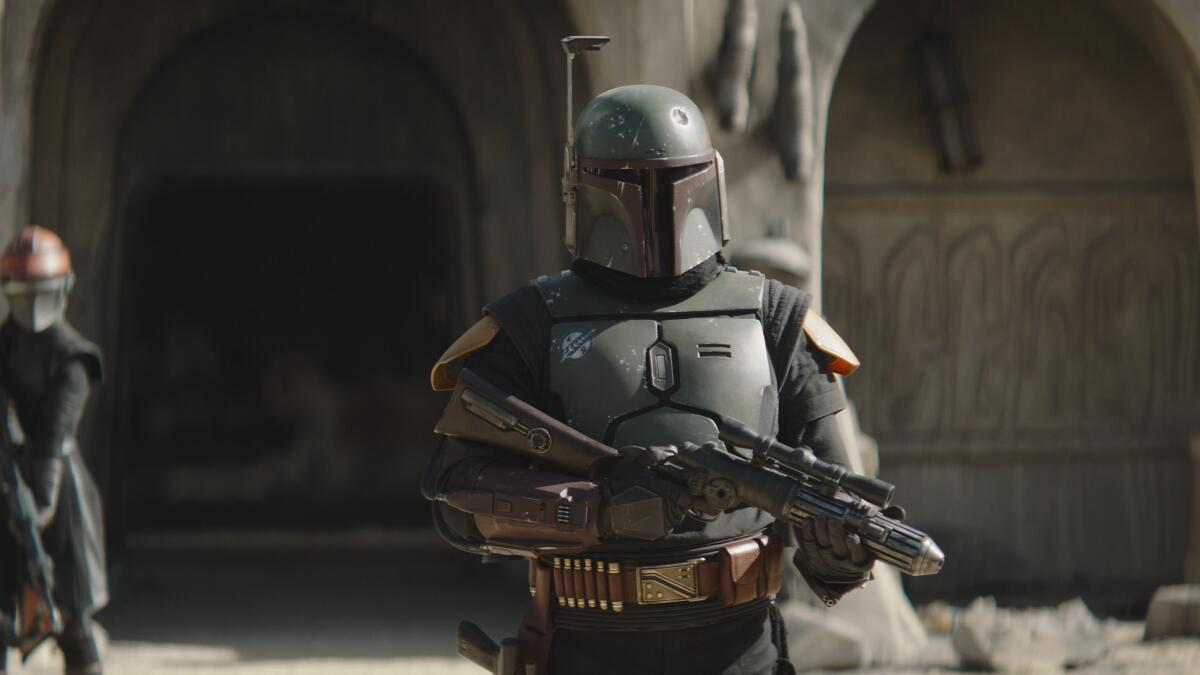
The story’s most gripping confrontations reflect this metamorphosis—duels that draw from Western shootouts, Tusken tribal rites, and the mystique of Mandalorian and Jedi myth. Here, action isn’t just physical: it’s ritual, it’s challenge, and it’s Boba’s crucible for finding a new way to lead.
This list explores the best head-to-head and symbolic battles across the season, highlighting how each duel acts as a turning point in Boba Fett’s quest to balance might with meaning.
Whether beneath Tatooine’s binary suns or in the dark corners of Jabba’s palace, every clash tests who Boba is—and who he must become to rule not with fear, but with respect.
Boba Fett vs. The Assassin Night Wind: A Duel in the Shadows
In the premiere, Boba’s first real challenge is not a grand standoff but a desperate ambush in the shadowy streets of Mos Espa.
Surrounded by Night Wind assassins wielding energy shields and electro-prods, Boba is forced to fight without his armor’s full arsenal. The duel’s intensity exposes the limits of his recovery after the Sarlacc, and his vulnerability is highlighted as Fennec barely saves them from a deadly end.
This encounter serves as a symbolic warning: brute strength and reputation alone aren't enough anymore.
As Boba literally stumbles through the pain, the duel underscores that entering the underworld’s political arena requires adaptability, alliances, and strategic thinking. Boba survives, but the ambush marks his transition—he must evolve beyond the mantle of fearsome hunter and confront a landscape filled with new threats.
Boba Fett vs. the Tusken Warrior: Rite of Passage
Chapter 2 sees Boba stripped of everything recognizable—no helmet, no weapons, just raw will—forced to prove himself in a ceremonial duel against a Tusken warrior using gaderffii sticks.
The fight is a test of instinct and humility. Boba’s loss in the initial exchange and eventual triumph through respect for Tusken ways illustrate that survival on Tatooine is about adaptation, not brute domination.
It’s a classic “outsider earns belonging” story, akin to a samurai’s initiation rather than a bounty hunter’s conquest.
Earning his place among the Tuskens, Boba learns the value of community and tradition, setting the foundation for his own evolving moral code. This deeply personal clash reshapes his entire trajectory—no longer just a lone fighter, Boba steps into the world of tribes, rituals, and earned loyalty.
Boba Fett vs. Black Krrsantan: Gladiator in the Palace
The Wookiee gladiator Black Krrsantan delivers one of Boba Fett’s most brutal challenges with a midnight assault inside the bacta tank.
Caught unarmed and still healing, Boba is outmatched by Krrsantan’s raw strength and ferocity. The duel devolves into a desperate struggle—Boba is tossed, strangled, and nearly crushed before Fennec and the ganged-up palace forces finally subdue the Wookiee.
Krrsantan’s attack is more than a physical threat; it’s a wake-up call. The ambush exposes gaps in Boba’s security and underscores his need for stronger alliances in a treacherous city.
The fallout from this gladiatorial encounter prompts Boba to rethink not only his defenses but his strategy for ruling, reinforcing that strength alone doesn’t guarantee survival in Mos Espa’s deadly political web.
Din Djarin vs. Paz Vizsla: Trial by Darksaber
While not Boba’s fight, the Darksaber duel between Din Djarin and Paz Vizsla during Chapter 5’s Mandalorian enclave scenes resonates throughout The Book of Boba Fett.
Din’s struggle with the blade’s weight—both physical and symbolic—mirrors Mandalorian lore’s recurring themes of burden, leadership, and belonging. With every heavy, labored swing, the saber itself becomes a test of worthiness, challenging Din’s commitment to the creed.
The fallout is instant and public. Losing the duel leads to Din’s exile, reawakening themes of identity and purpose that ripple into Boba’s story and the show's broader lore.
This confrontation sets up the Mandalorian arc for future tales, but its impact on the series is major: it’s a reminder that power is not just claimed with force, but also with the right to lead and the acceptance of tradition's weight.
Din Djarin & Boba Fett vs. the Pykes: The Last Stand in Mos Espa
The season’s climactic battle transforms Mos Espa’s dusty streets into a Star Wars Western, whirring with blasterfire and Mandalorian jetpacks.
Outnumbered and surrounded by Pyke Syndicate mercenaries, Boba and Din Djarin make a stand—shoulder to shoulder, neither willing to retreat. Their synchronized fighting, jetpack maneuvers, and mutual trust are as much a display of brotherhood as martial prowess.
This epic firefight isn’t just spectacle; it’s the emotional climax of Boba’s transformation. Here, he fights with and for someone he trusts—a rare thing in his history. The standoff forges an alliance that is built on combat-earned respect rather than transactional partnerships.
The moment redefines heroism: for both warriors, honor now means standing together, not standing alone.
Boba Fett vs. Cad Bane: Old Guns, Old Wounds
Perhaps the most anticipated duel of the series, Boba’s standoff with Cad Bane fuses Western tropes with deep Star Wars history.
In the hushed desert, mentor and student face off, harkening back to decades of rivalry. Bane taunts Boba, accusing him of weakness gained through emotional ties, but Boba resists the cynicism and detachment that once defined him.
The outcome is a powerful inversion: instead of winning with blaster speed, Boba defeats Cad Bane using the gaderffii stick—channeling the lessons and strength he gained from the Tuskens. This moment isn’t simply about besting an adversary.
It’s about Boba paying homage to those who transformed him, closing a chapter with his old mentor, and cementing his identity as something more than a hired gun.
The Rancor vs. the Scorpenek Droids: A Beast’s Duel of Rage and Bond
In a scene worthy of Star Wars legend, Boba rides his towering Rancor into battle against the Pyke Syndicate’s Scorpenek droids.
This duel is mythic in scale—monstrous machines versus raw animal strength and Boba’s bond with the beast. The chaos of the Rancor’s rage is matched by Boba’s calm and control atop its back, a symbol of his mastery over fear and primal force.
This isn’t a Jedi vs. Sith confrontation, but it packs equal symbolic power. Boba’s partnership with the Rancor is a public demonstration that leadership is earned, not imposed; trust, not terror, is the means to survive and conquer.
The titanic battle’s visuals drive home the show’s theme: strength can be wild, but it is more enduring when rooted in loyalty and connection.
Boba Fett vs. His Own Reputation: The Quiet Duel for Legacy
Running beneath the action, Boba’s most persistent challenge is redefining his legend in the eyes of Tatooine.
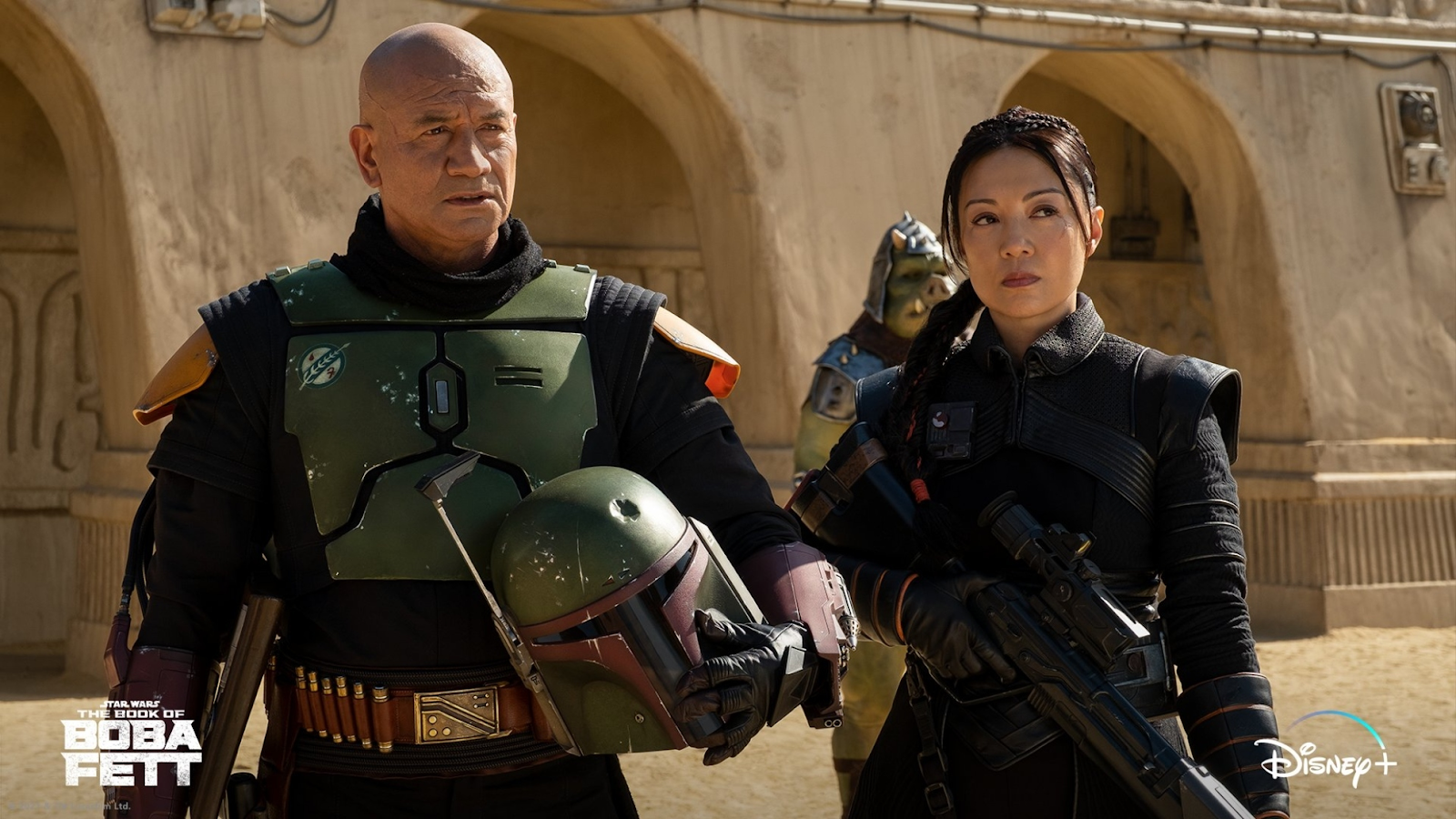
The city’s power-brokers, from the Twi’lek majordomo to the Hutts and the Pyke syndicate, repeatedly misjudge him, expecting another warlord ruling by fear. Boba’s struggle is to prove that he can govern with reason and respect without losing his edge or credibility.
His greatest victory is not in street battles or duels but in sparing enemies and forging new alliances.
By refusing to become a tyrant in Jabba’s mold, Boba stakes his claim to leadership as a different kind of Daimyo. This ongoing, internal duel shapes the show’s message: true legacy is defined not by violence, but by the courage to break cycles—and set a new standard for power.
Conclusion: The Warrior Becomes the Warlord
Every battle in The Book of Boba Fett is layered with meaning, charting Boba’s journey from infamous enforcer to respected leader.
The duels—whether shadowy ambushes, tribal ceremonies, or mythic monster rampages—serve as rites of passage, testing and tempering his resolve. Through these confrontations, he learns that victory doesn’t come merely from firepower or fear, but from adaptation, community, and honor.
As Boba lays aside vengeance for purpose and solitude for loyalty, the series argues that a true warrior’s strength comes from within.
The best duels in the show are more than just action set pieces: they are pivotal challenges that sculpt Boba Fett into a new archetype for the galaxy—a warlord defined not by dominance, but by the creed he chooses, and the legacy he’s determined to leave on Tatooine.








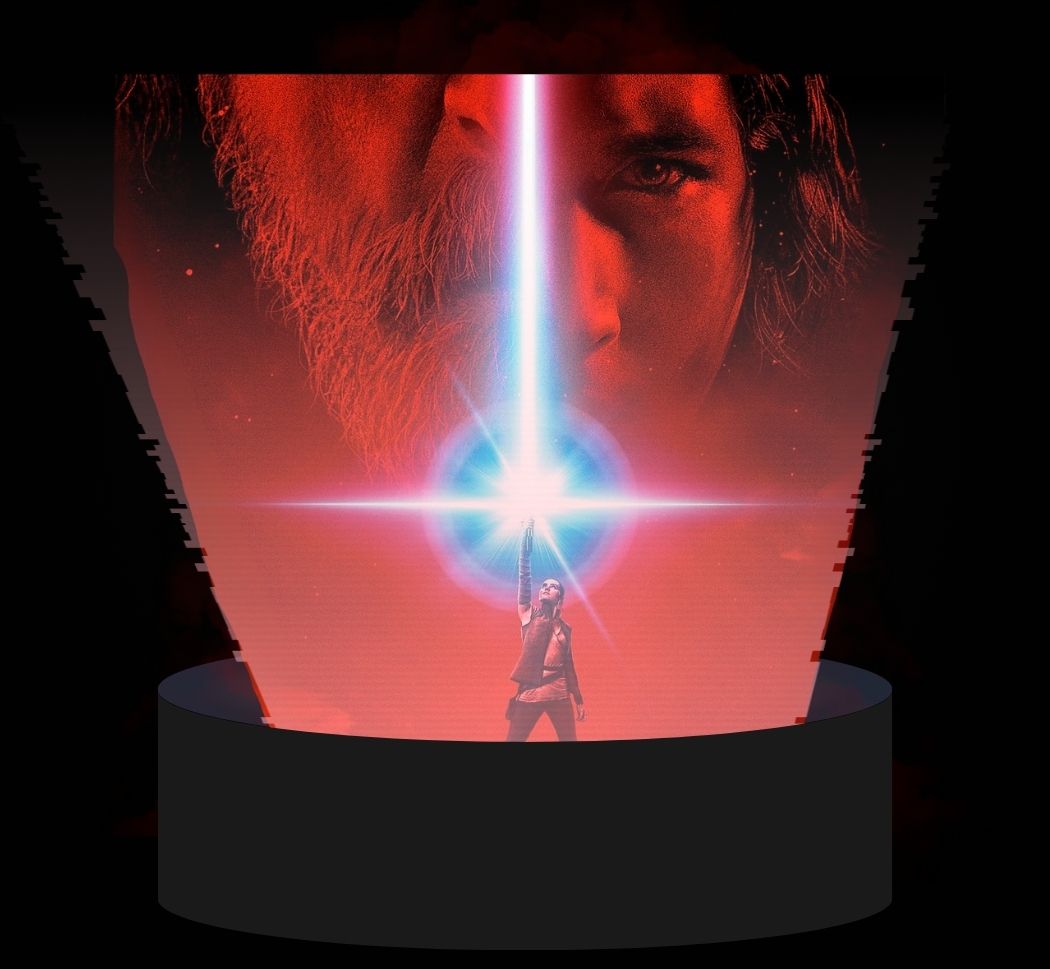
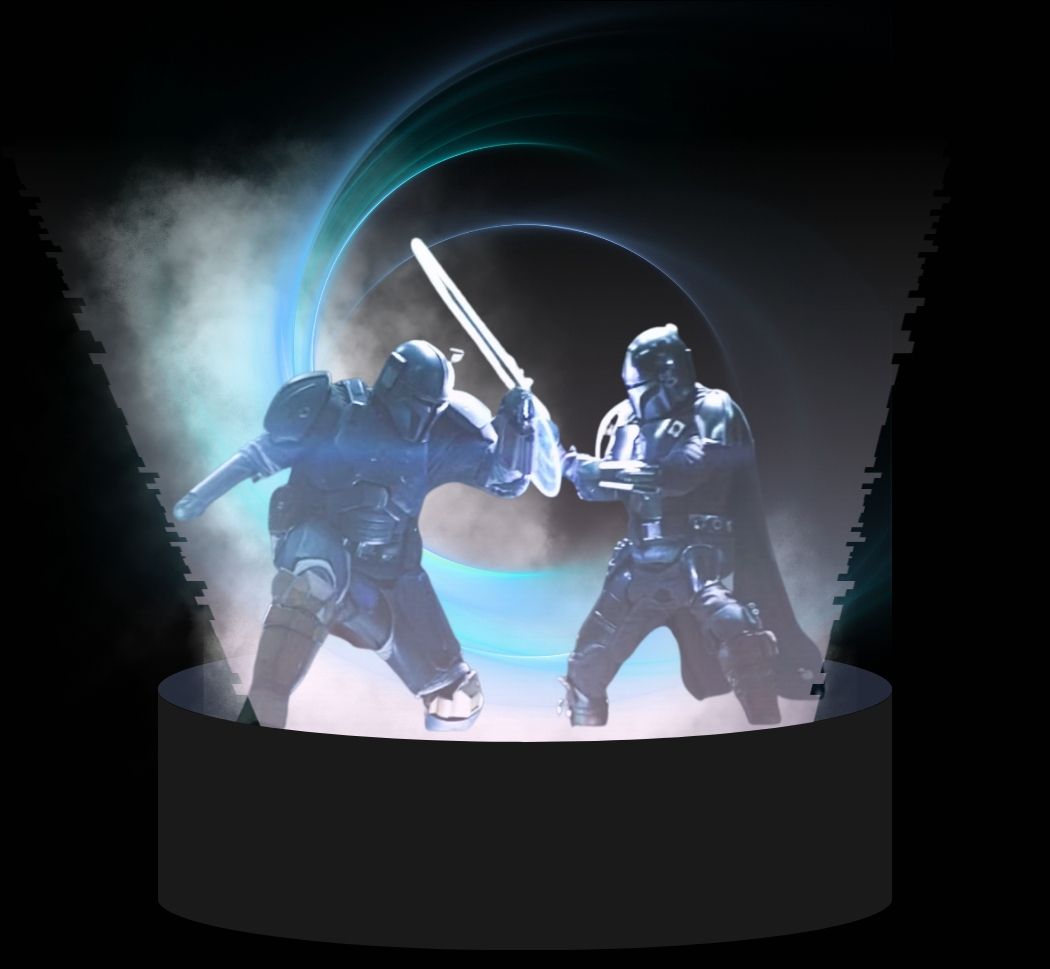

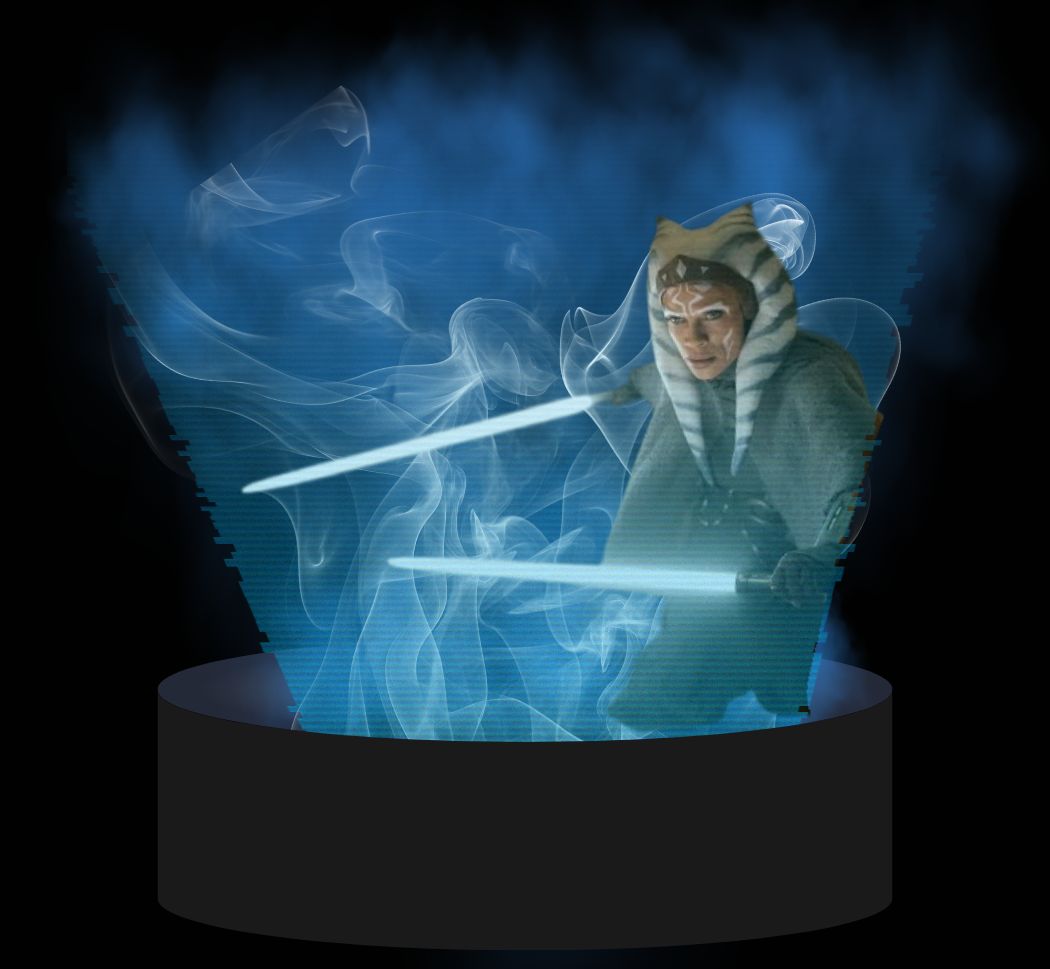
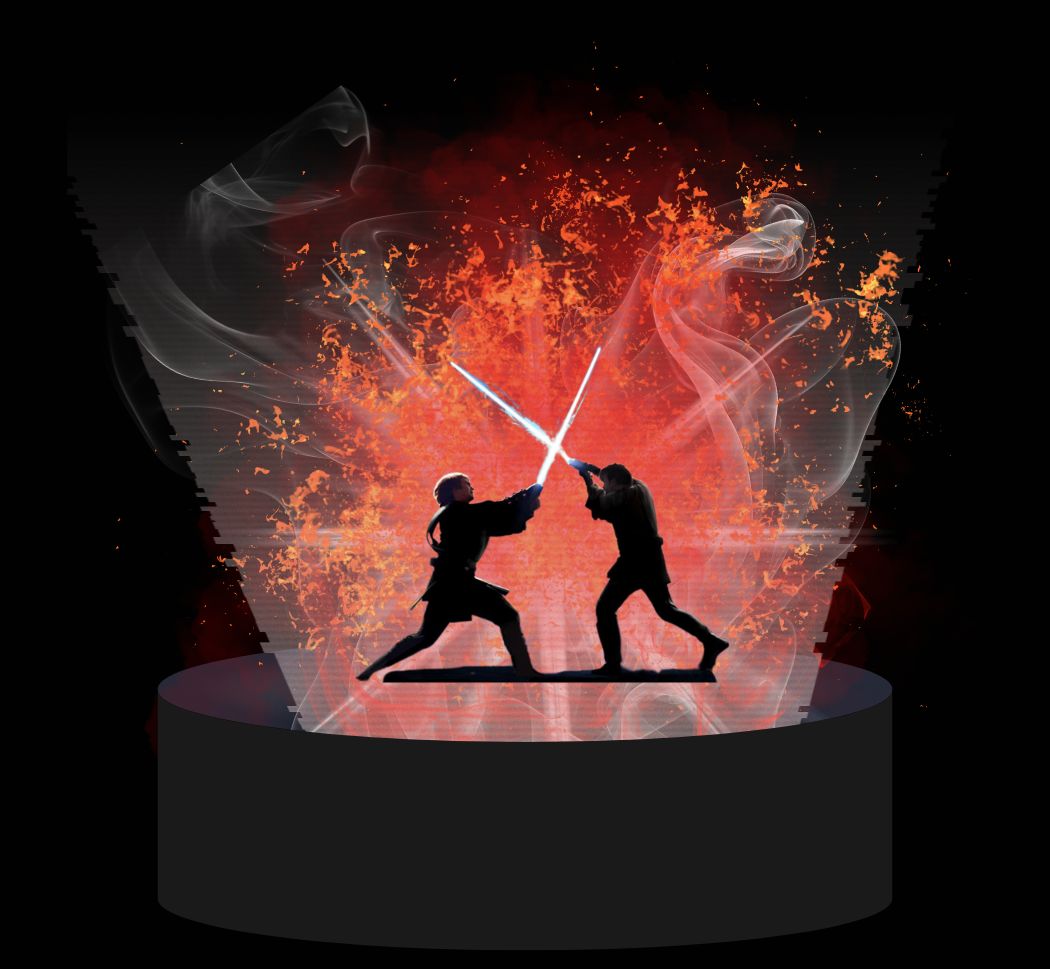
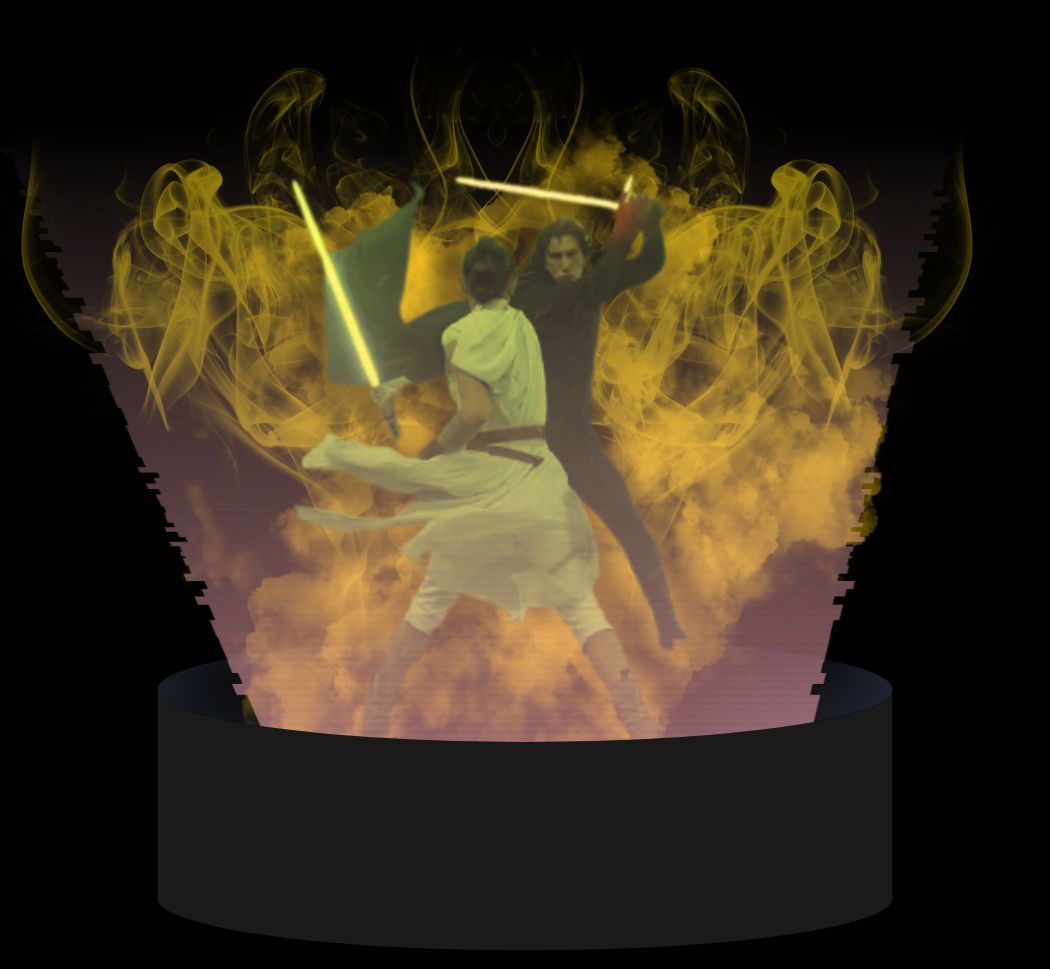
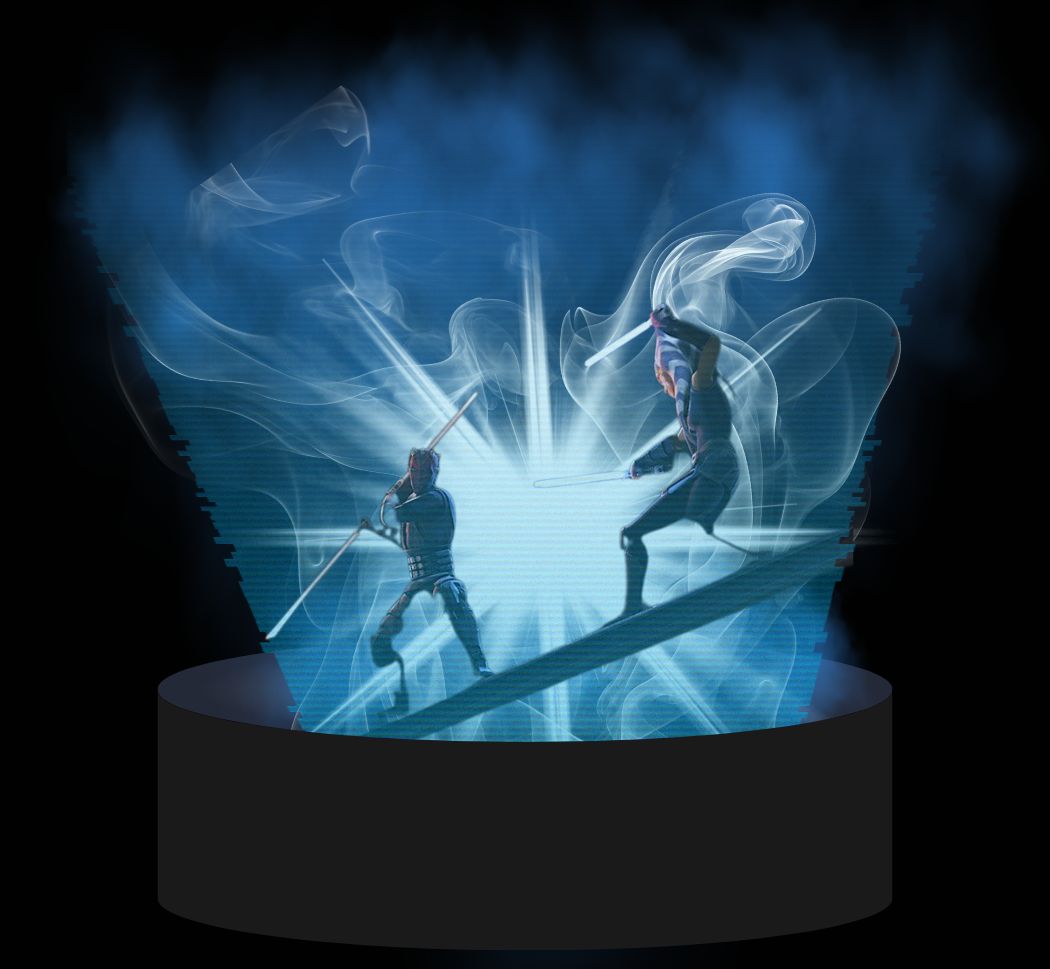
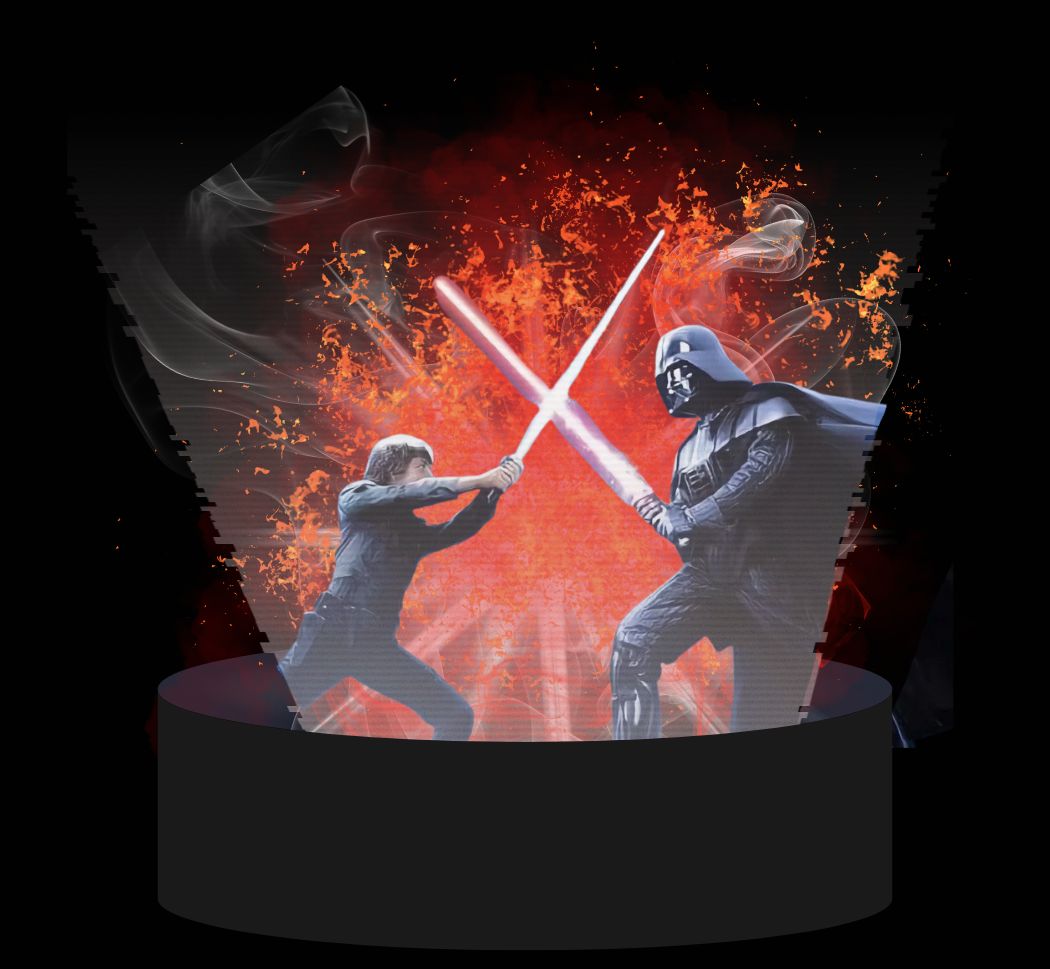

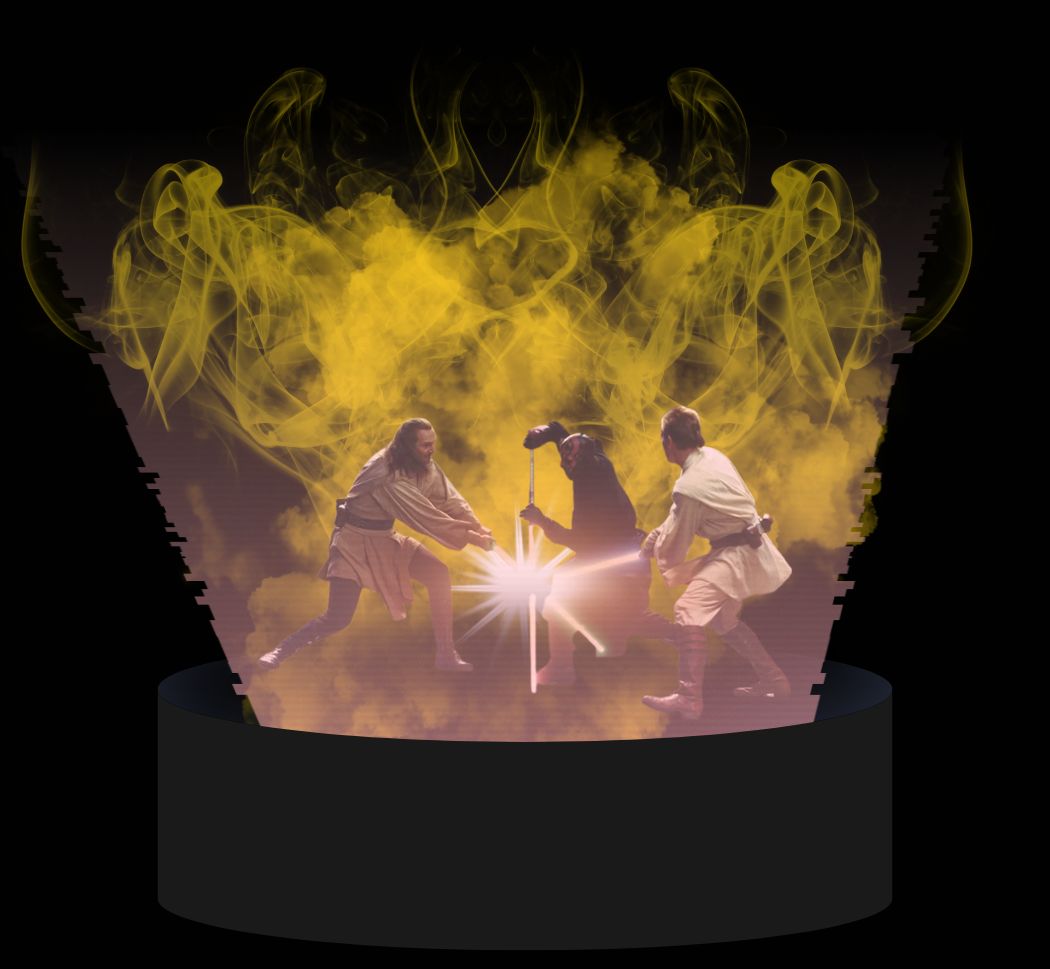
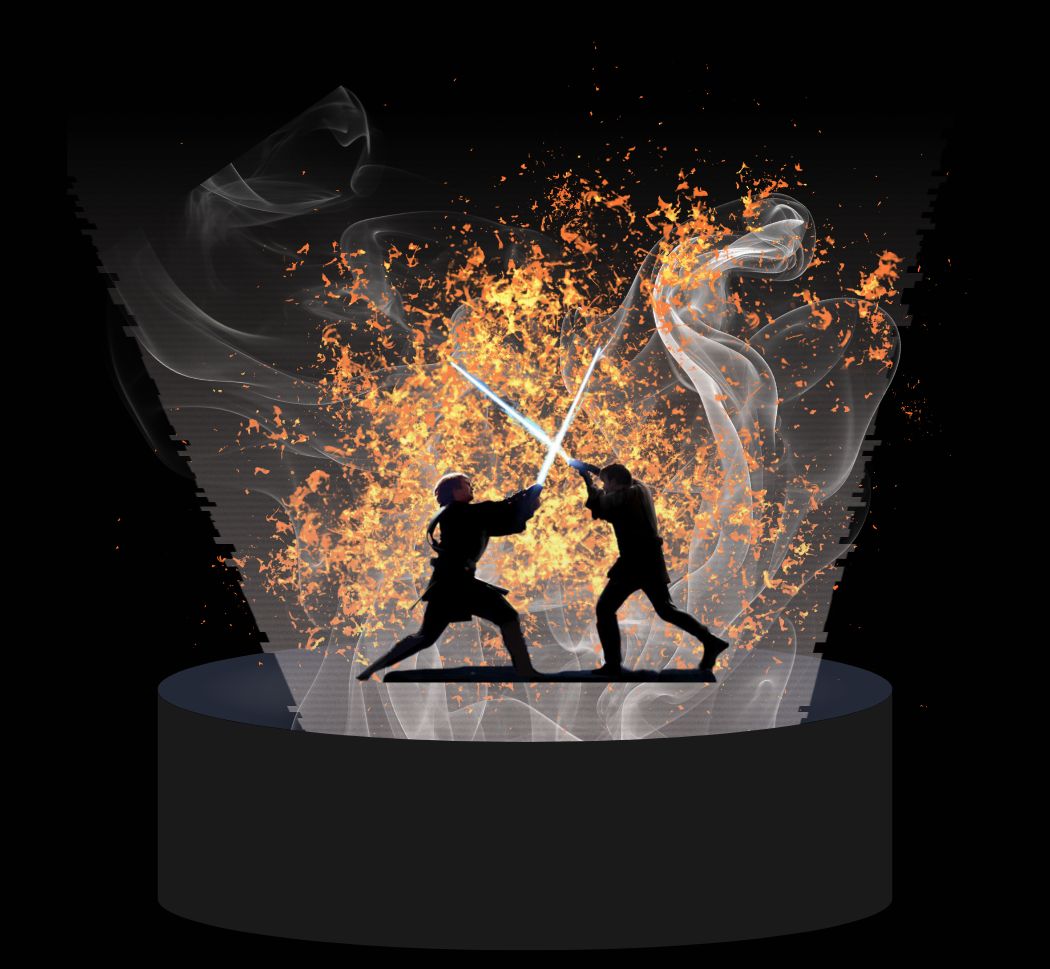

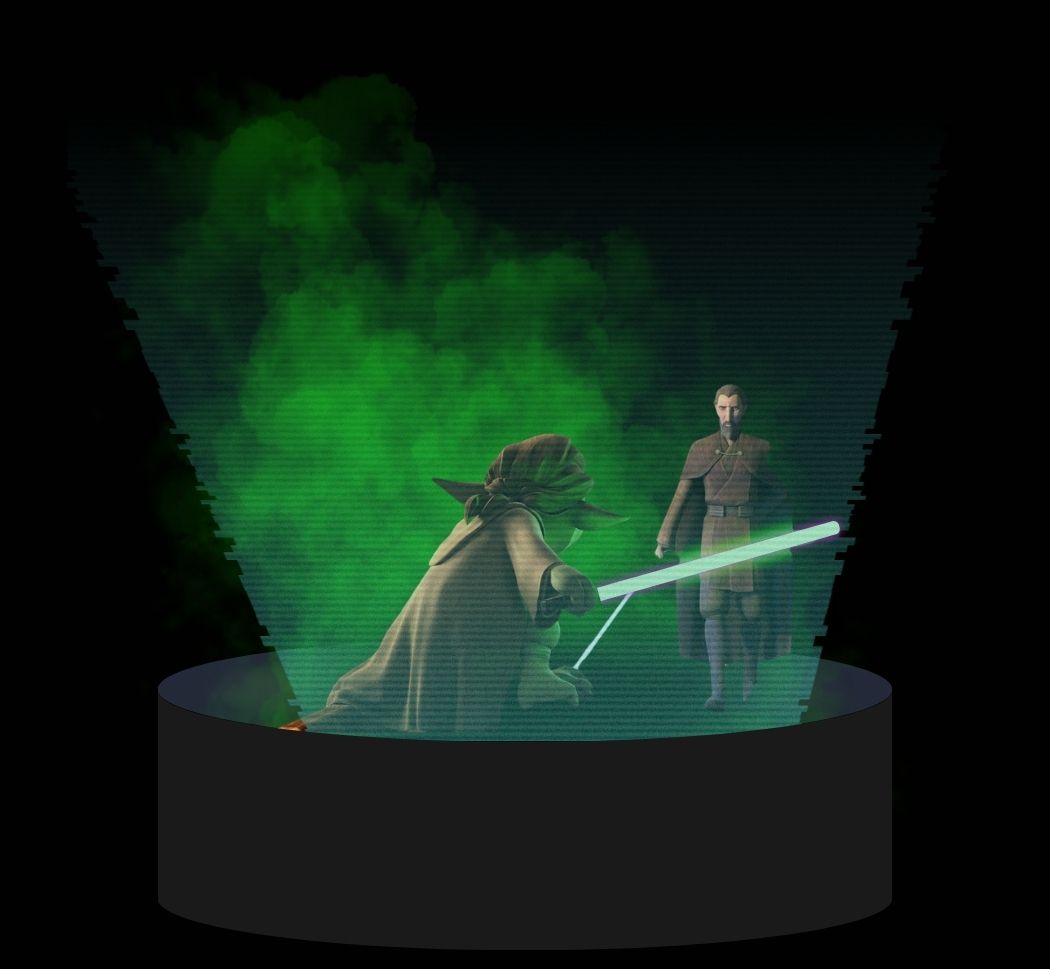




.jpg)
